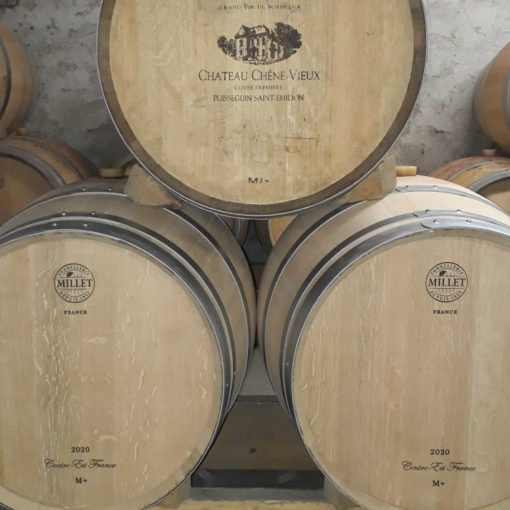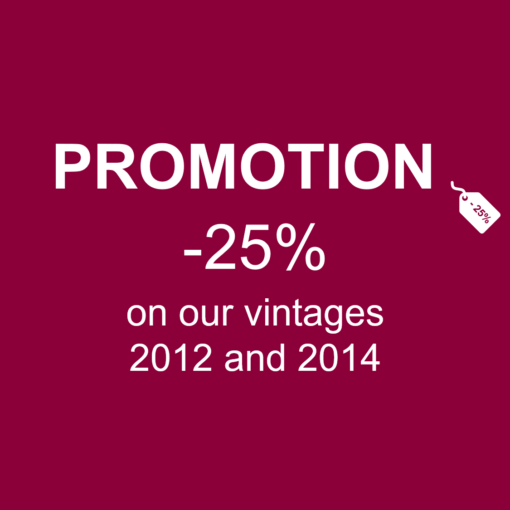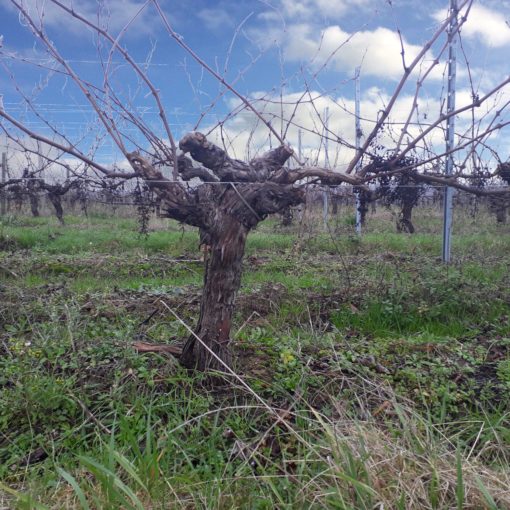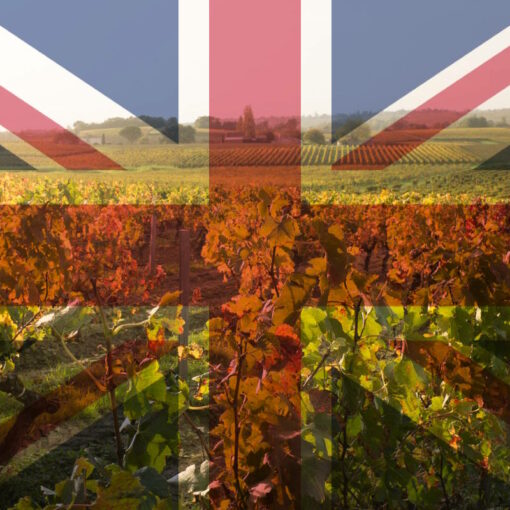It’s Hard to Talk About the News Without Mentioning the COVID-19 Pandemic and the measures taken by the government to limit its spread. For us, the “administrative” work is carried out from home, but vineyard work cannot be done remotely. However, everything is in place to ensure that safety protocols are strictly followed.
This week, we bottled the 2018 vintage of Château de Musset. As indicated on the label, and to ensure we control the entire production process of the wine up to its packaging, it is done “at the château,” meaning on-site. Bottling is the final operation that ensures the quality of our wine. We must make sure to minimize contact with oxygen one last time. Temperature plays an important role, which is why it must be done before summer (the ideal temperature is between 15 and 22°C).
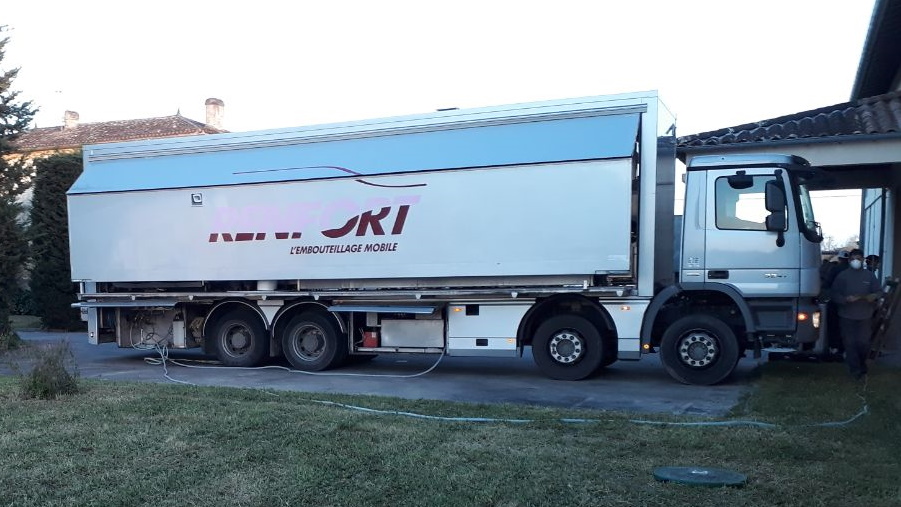
We call upon a specialized service provider who arrives with their equipment (a truck, mobile bottling unit) and the necessary staff to carry out the operation, staying a few hours in front of our winery.
Beforehand, we receive the empty “Bordeaux” bottles and corks ordered from our suppliers. Most importantly, we have already blended the wine, mixing different grape varieties to create our first cuvée.
Bottling involves several steps. The empty bottles, placed at the start of the line, are first rinsed with sterile water and then drained.
Next comes the filling, where the bottles are filled with wine from our vats that have been lightly filtered. A pump is used to remove air and protect the wine from oxygen.
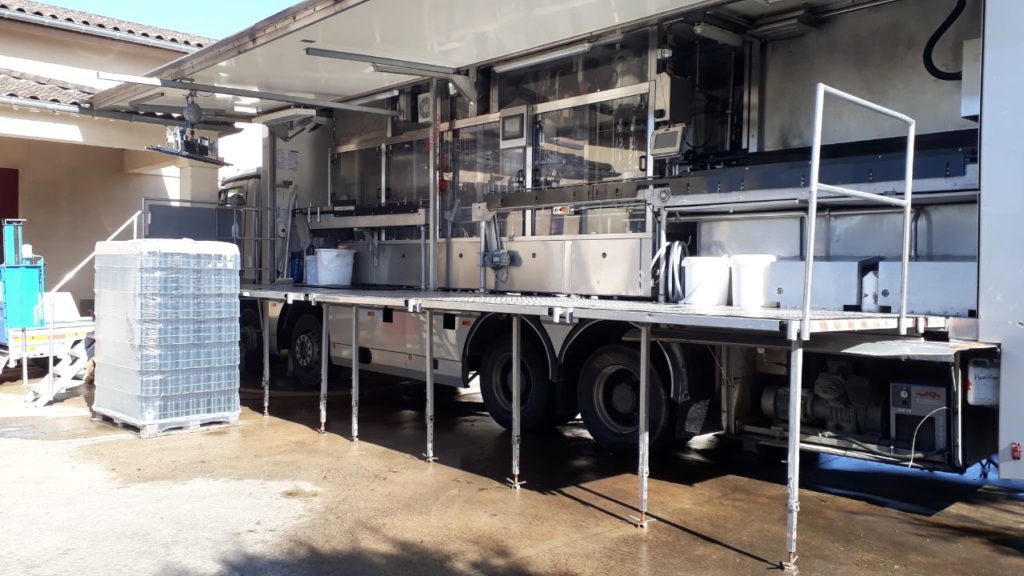
Contrary to what one might think, it’s not so much the quantity of wine being poured that is controlled at this stage, but rather the level it reaches in the bottle. Indeed, wine, like any liquid, expands when the temperature increases and contracts when it decreases. Therefore, space must be left to prevent “spills” by pushing the cork out. For this reason, the level is adjusted according to the wine’s temperature, which is checked at regular intervals.
The last step is corking, where a pre-compressed cork seals the bottle. We must wait about 3 minutes for the cork to return to its original shape, during which time the bottle is kept upright.
Of course, various checks (tasting, temperature, etc.) are carried out throughout the process to ensure the quality of the bottled wine.
This is a so-called “corked” bottling. This means the bottles are left “naked,” ready to be stored to allow the wine to age while waiting for orders. It is only at the time of packaging that the label and CRD capsule will be applied.
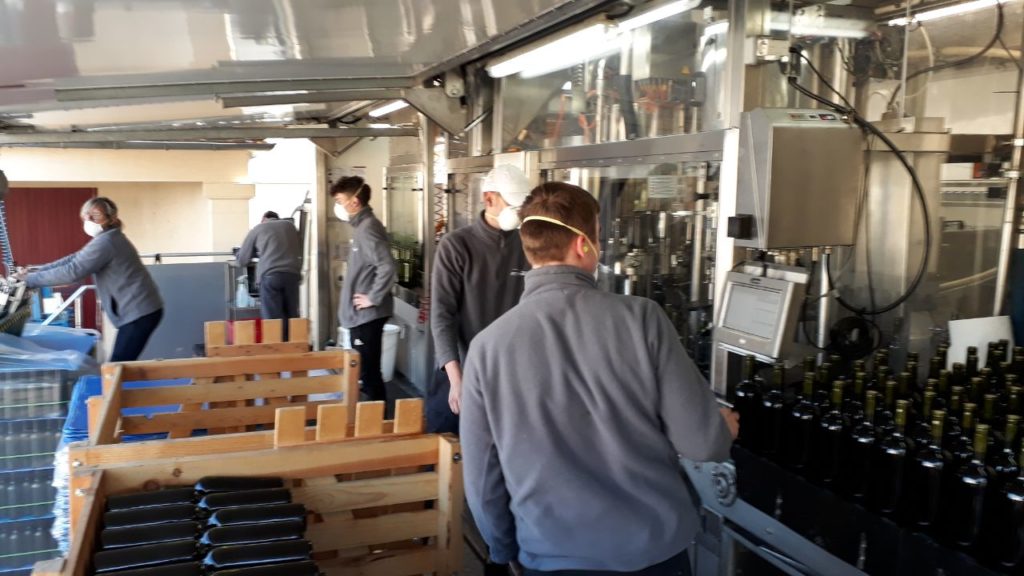
During this confinement period, take care of yourselves and #stayhome. Feel free to change your mind by tasting a good bottle. We will always be here to help you restock your cellar when the time comes.

Lastly, we are proud to announce that the 2018 vintage of Château Chêne-Vieux, which will be available for sale this fall, was awarded a silver medal at the General Agricultural Competition in Paris.
